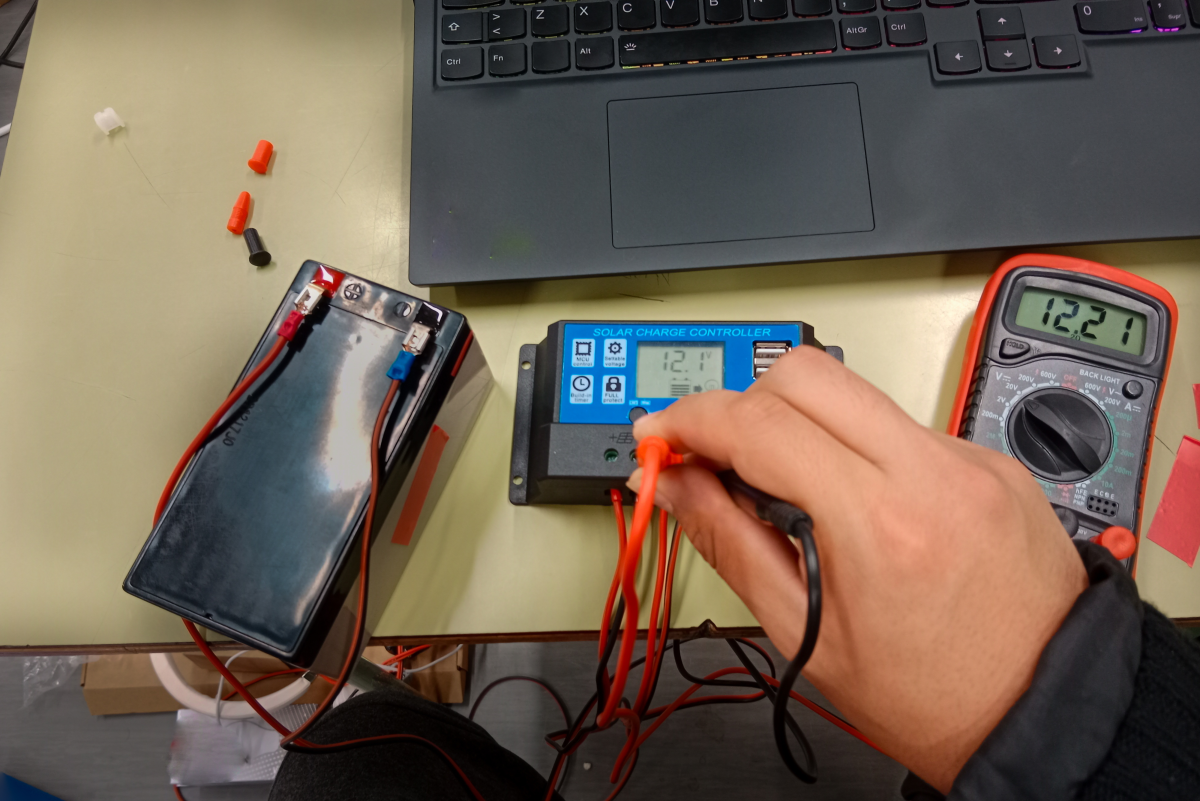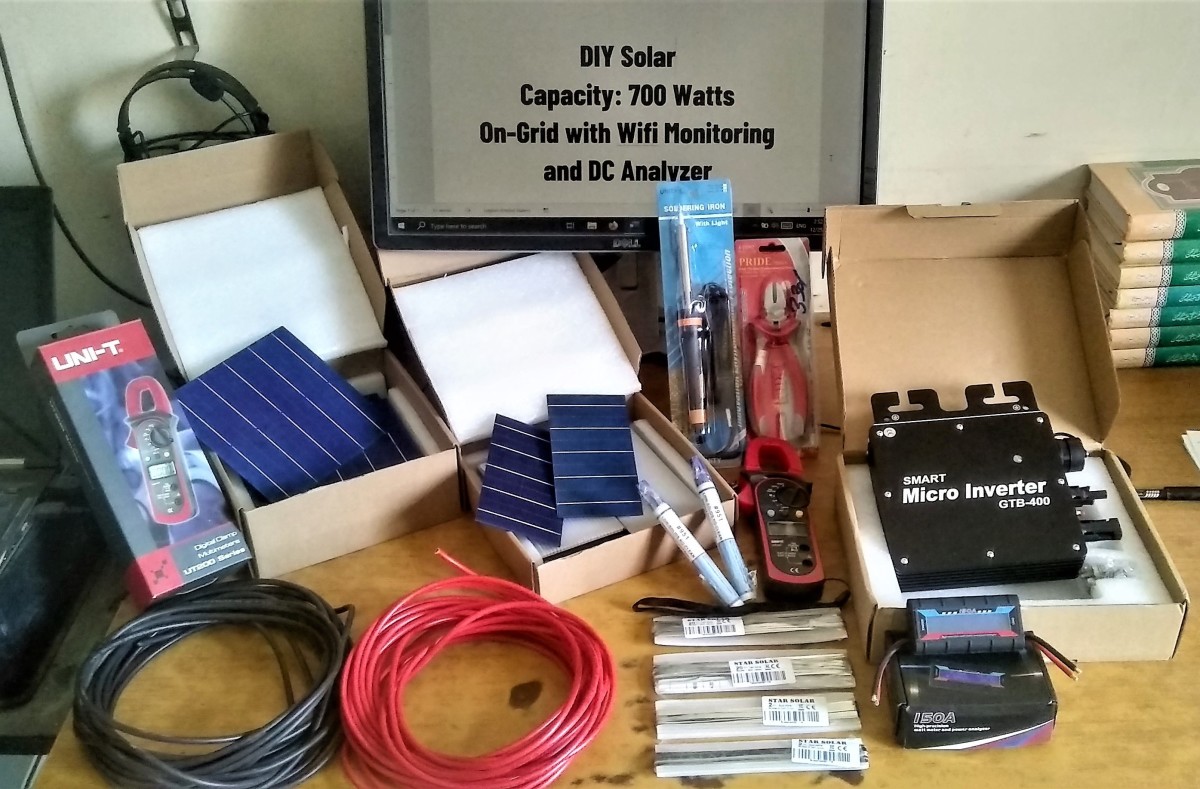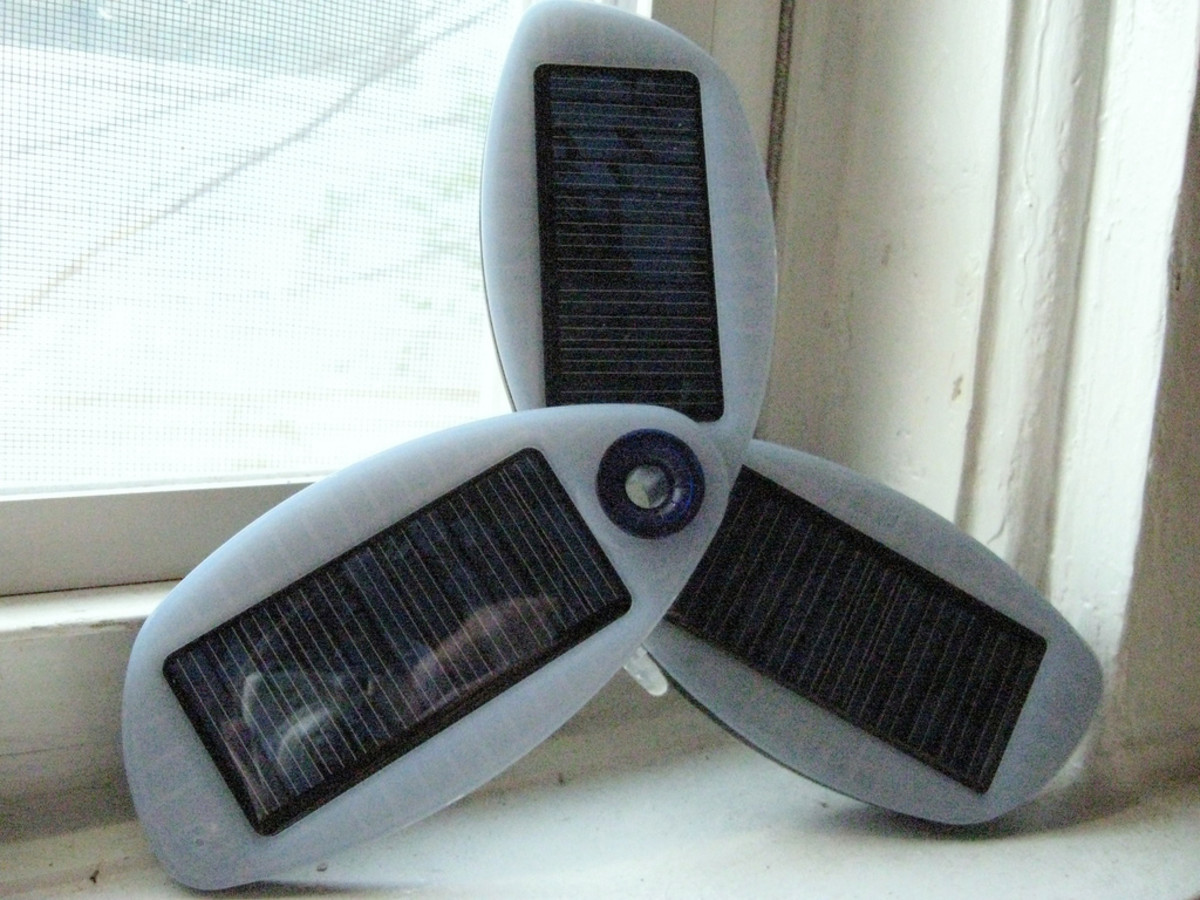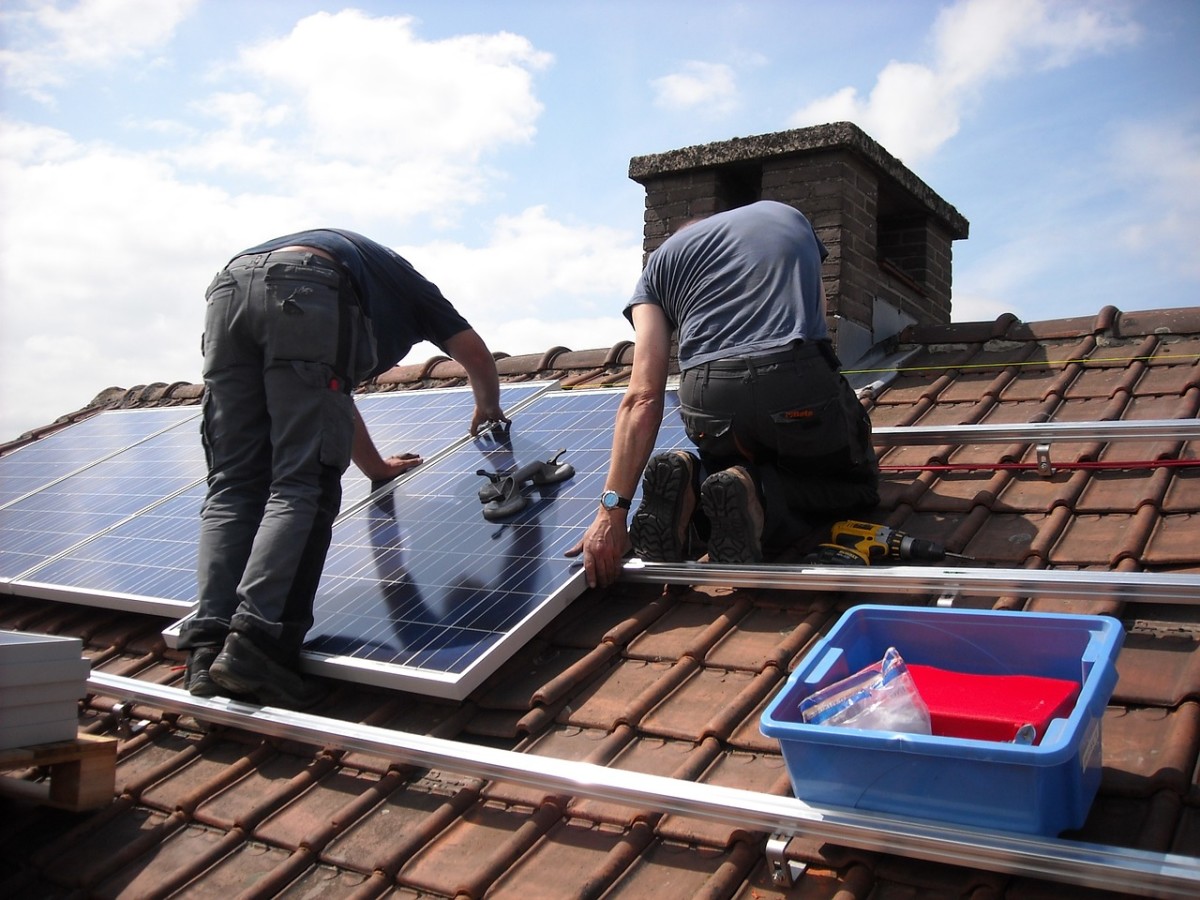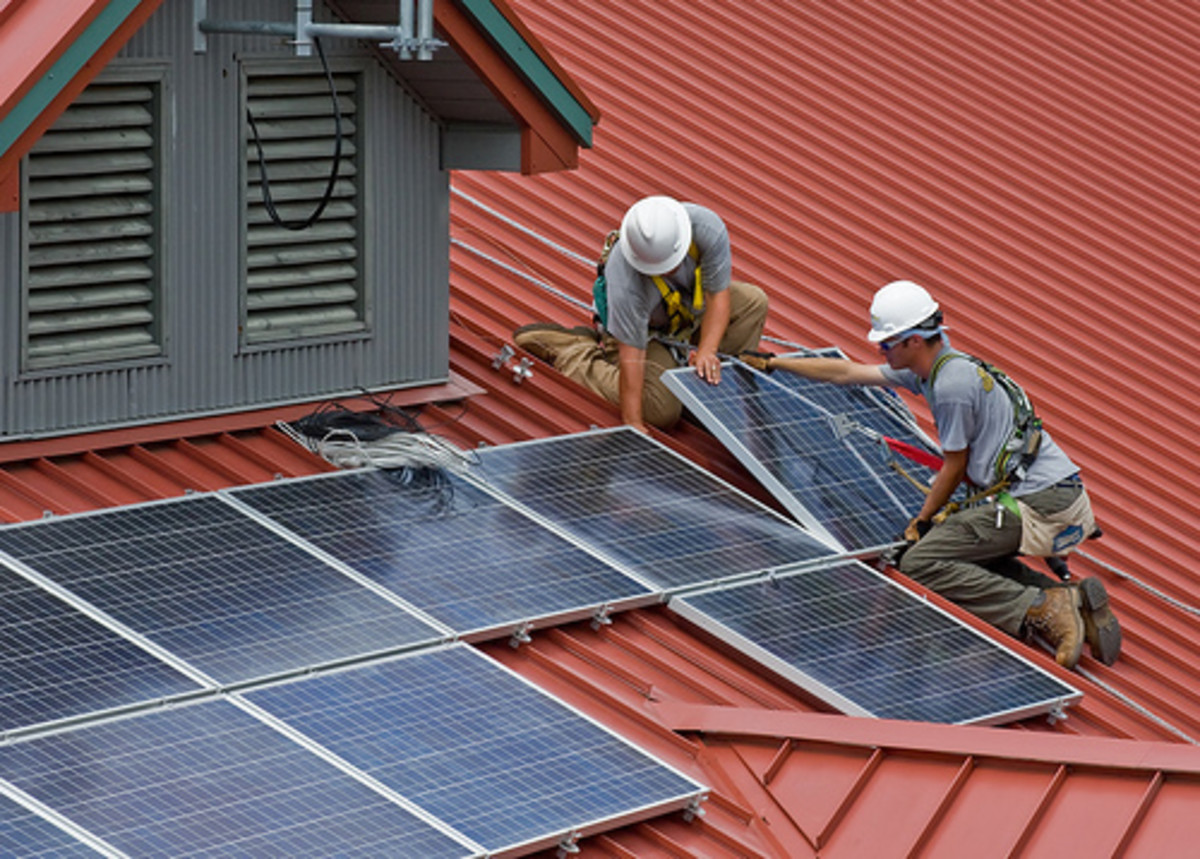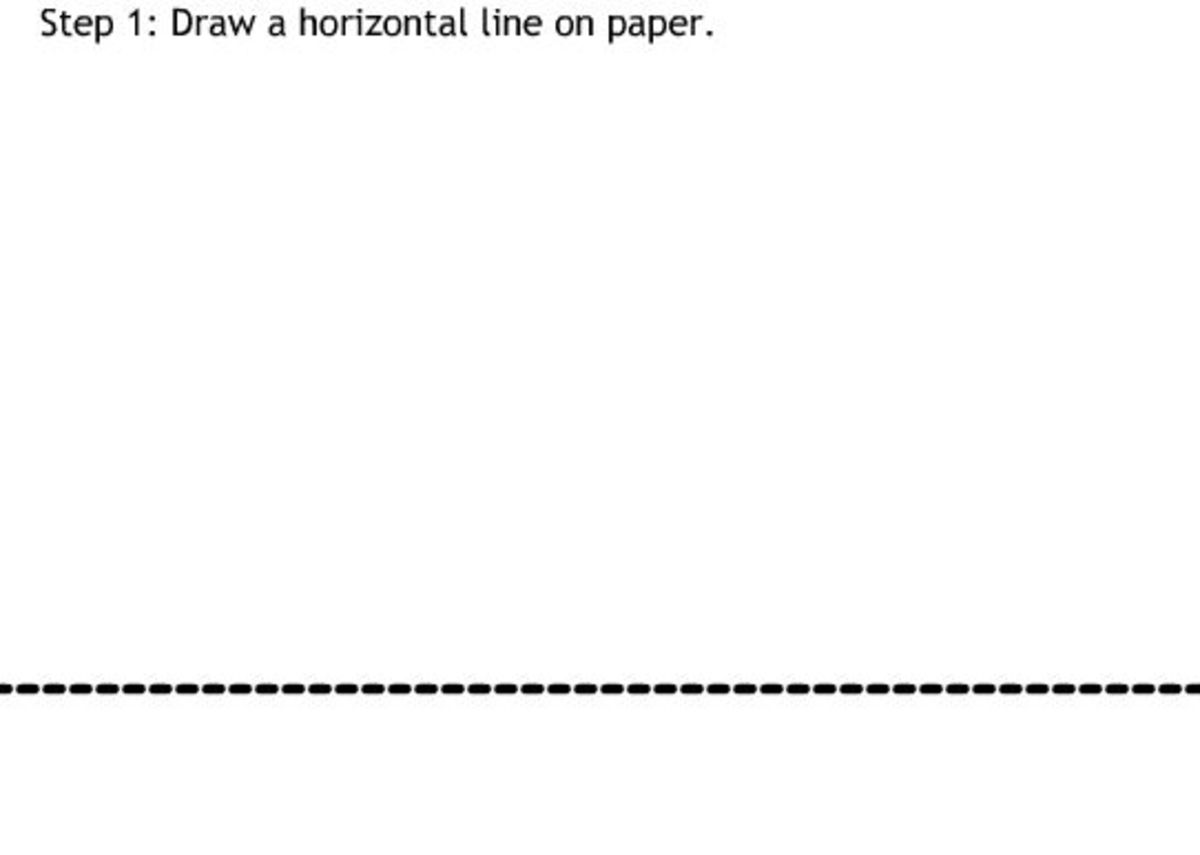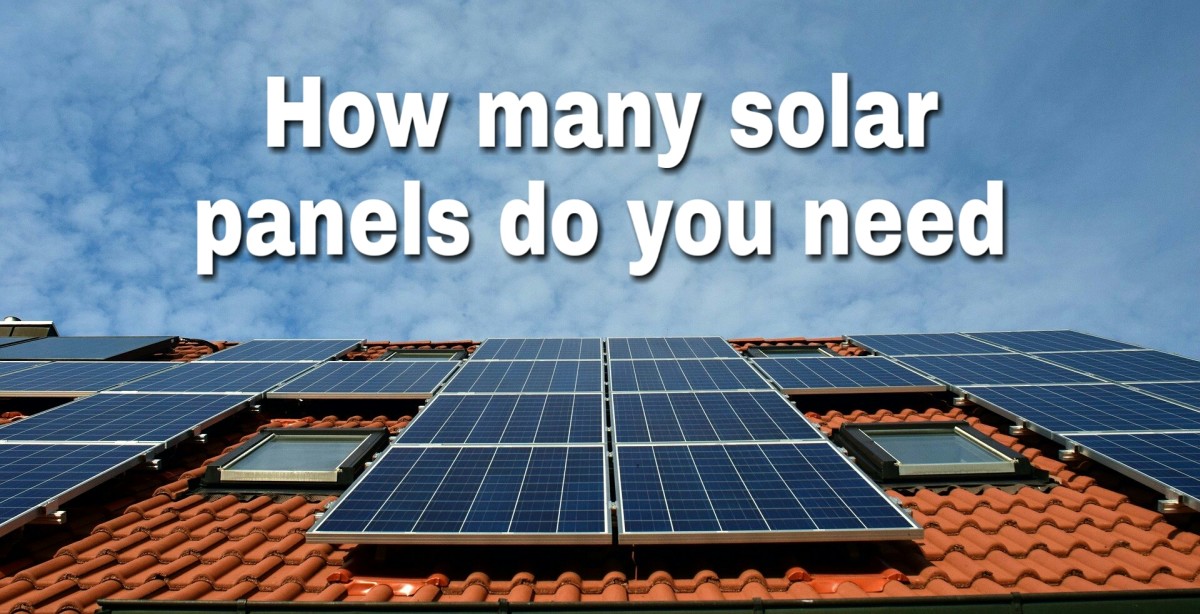Home Solar Energy Panels - What is It, and What Does It Do?
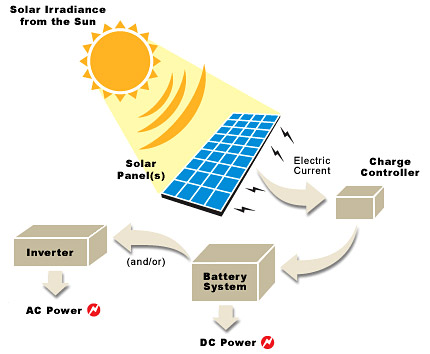
Is Solar Panel Technology The Future?
What is a Solar Panel, and How Does it Work?
Solar panels are the rectangular or square shaped frames comprised of several small units or solar cells that are made from special materials. These panels together with some inverters, batteries, interconnecting wires and solar trackers can be used to generate DC power from sunlight. Therefore, solar panels form part of photovoltaic system in which photons from sunlight are utilized to generate power. Multiple solar panels can be used to form arrays, which generate more power.
Each solar panel is made from several thin slices of semiconductor materials like silicon. These slices are known as wafers. Solar wafers are usually square in shape. These solar cells have textured rough surface so that such cells can be more effective. For making such wafers, crystalline varieties of silicon or similar materials are used. Such crystalline structure of materials also helps in improving the efficiency of solar cells. Some impurities are also added into silicon cells so that the resultant material becomes a better conductor of electricity. Such doping is done to ensure that electrons find it difficult to settle in any opening left by another electron that has moved out due to heat. This process is quite like the musical chairs wherein if electrons that do not find any chair to sit in have to move on.
Doping is done with two types of elements; one that has excess electrons to spare, and another that can accept electrons. For example, when silicone doping is done with electron surplus element like phosphorus, the resultant silicon is called n-silicon, representing the negative charge. When it is done with an element like boron, there is an opening available for the free electrons to settle in. Therefore, resultant silicon is the p-silicon.
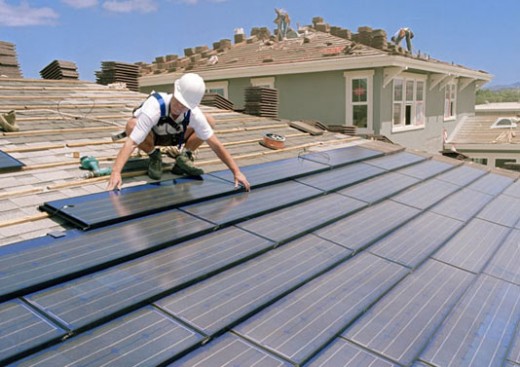
At times, a thin film may be used and covered with photovoltaic materials such as Cadmium Telluride, Amorphous silicon, thin film silicon, or copper indium gallium selenide, to create such solar cells.
Basic electrochemical principle behind solar energy is that sun's rays heat the panel material. In the process, electrons lodged on the outermost orbit of the materials such as n-silicon get excited and escape the atomic and molecular forces holding them back in the material. These free electrons move around, and are referred to as carriers of negative charge. A few reach a junction where they may come into contact with another material that has a different potential such as p-silicon.
It is an accepted fact that every material exhibits certain electrical potential in relation to another when it is in an electrical field. Therefore, such potential difference exists between n-silicon and p silicon, when these two surfaces are interlinked from outside using interconnecting wires, inverters, batteries, etc. Effectively a cell circuit is created. Here, the electrons start moving in the direction of positive charge and this process continues till both ends are at equilibrium.
When electrons start moving towards p silicon in this fashion, other electrons also get oriented towards the same route, and their speed increases. In the process voltaic current is generated. This current can be tapped and controlled using charge controller.
Solar cell may, therefore, have n-silicon on one surface and p silicon on other surface with a junction layer in between the two surfaces. However, the surface facing the sun, i.e., the surface with n-silicon, has a few additional coatings. The first of these is antireflection coating meant to prevent or minimize the sun's heat from escaping the solar panel. Above this is a transparent adhesive layer which is finally covered with a layer of glass. These layers are necessary because moisture and dust can adversely affect the performance of such solar panels. Glass can also be cleaned more easily than the silicon wafer.
Solar panels are also rated based on the amount of power that can be generated using such panels. Such panels are quite durable and can last for several years. Initial costs of installing solar panels and relevant systems are on higher side, but over the years, this form of energy is more cost effective than conventional sources of power. Solar energy is also environmentally friendly because fossil fuels are not burnt to generate it, nor are there risks of radiation that come with nuclear power. As of now, supply of power from solar power unit is more reliable when compared to hydro power or wind power. All such factors weigh in favor of solar energy, especially since most of world is facing energy crisis.
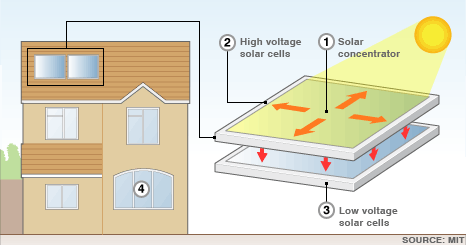
Home Solar Energy Panels
Are you looking to get home solar panels? There’s a number of advantages and disadvantages to getting these panels. Here’s what you need to know about home solar panels.
Advantages
The main advantage to home solar panels is that they will save you huge amounts money on your home heating bills over time. You are using a free energy source which is the sun and this is also good for the environment because the solar panels create no pollution. Solar panels are eco-friendly and they make a great option for those that have concerns about the environment. This is considered a clean energy source and it causes less impact than oil, coal, regular electricity, and natural gas sources of energy. Solar panels also cause no noise pollution or other pollution. These panels don’t require a lot of maintenance over their lifetime so there’s no costs associated with upkeep of the solar panels. These panels can collect and store solar energy and then have it available for later use.
Solar energy panels can last around 30-40 years so they have a long lifespan and won’t need to be replaced as often as other home heating sources. They come with long warranties so they are guaranteed to last. When you install them there’s few problems with the panels. Periodically they need to be washed off and inspected but that about all the maintenance they require. Another advantage of the solar panels is that make an attractive option for someone looking to buy an eco-friendly home. The solar panels add to the overall price of the home and this means that you can make more money on the home if you decide to sell it.
Disadvantages
The major disadvantage of these panels is that the overall cost to install them is very expensive. The cost is typically $15,000 on the low end and goes up from there. Many people on fixed budgets simply can’t afford this type of expense. If the home receive heavy shade it can be difficult to install solar panels as they won’t receive enough power to operate properly or they will be less efficient. There needs to be an appropriate roof or other location for the solar panels.
The roof needs to be strong enough to support their weight so some people may not be able to install them or only have access to limited solar panels that don’t provide the energy required for the home. Some areas may have building code that prohibit the installation of solar panels in a home. In some areas there’s a limit to what solar panels can do because of the location. In areas where there is little sunshine the operation of these panels would be problematic although some power can still be collected.
For the most part home solar panels have more advantages and disadvantages. The costs can be made up over time and they make for a great addition to most homes. It’s up to the individual to decide if they want to make the investment in solar panels or not.

